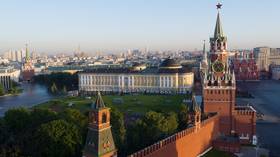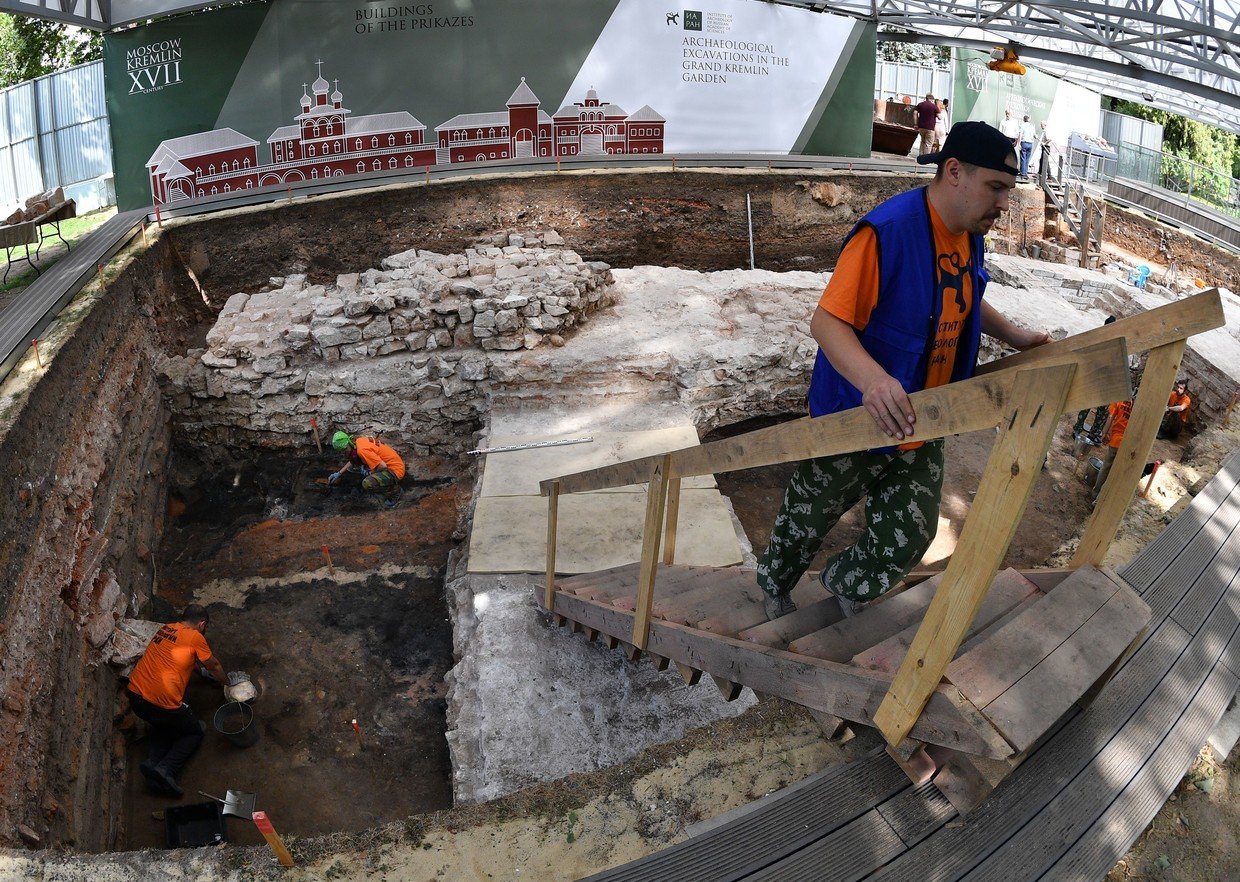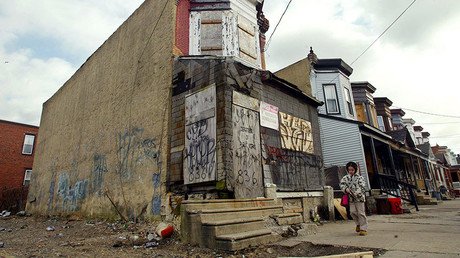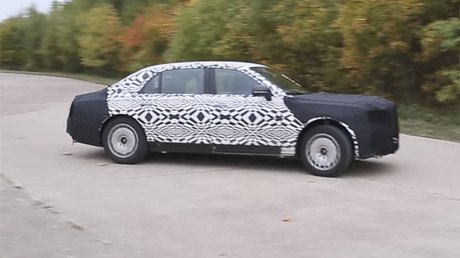Explosive find at the Kremlin: WWII bomb discovered during construction work

An aircraft bomb that remained buried underground for almost 80 years was found by construction workers at the Kremlin, the official residence of the Russian president.
The discovery was made during soil reinforcement at the Taynitsky Garden, a park area located within the walls of the medieval fortress near the banks of the Moskva River.
Located in the heart of Moscow, the Kremlin was the target of Nazi air raids in 1941-42, Sergey Khlebnikov, the Kremlin’s superintendent, said, adding that the unexploded bomb most likely remained “hidden under a large layer of soil.” The explosive device was defused by sappers and removed from the area.
Ironically, the bomb was found on August 15 when Russia marks Archeologists’ Day. Many journalists were invited to the Kremlin for the occasion, all of whom had to be evacuated.
Archeological excavations are constantly underway at the Kremlin, which has a rich history dating back across nine centuries. The first buildings appeared on the site in the mid-12th century and the fortress was rebuilt on several occasions since then, with materials as diverse as wood or white stone used. Construction of the iconic, red-stone version of the Kremlin that we know today was concluded in 1495.

The Kremlin, which literally means ‘fortress within the city’, covers a vast area of 275,000 square meters (2,960,000 sq ft). It hosts not only official buildings and palaces, but also museums, churches, and parks, as well as tourist attractions such as the Tsar Cannon and Tsar Bell.
It is not unusual to discover unexploded WWII bombs in the Russian capital. Earlier this week, three buried shells prompted an evacuation at a railway-car repair plant in the eastern part of the city.
Also on rt.com Thousands of soldiers march in Moscow for WW2 parade’s 75th anniversary (PHOTOS, VIDEO)Think your friends would be interested? Share this story!













